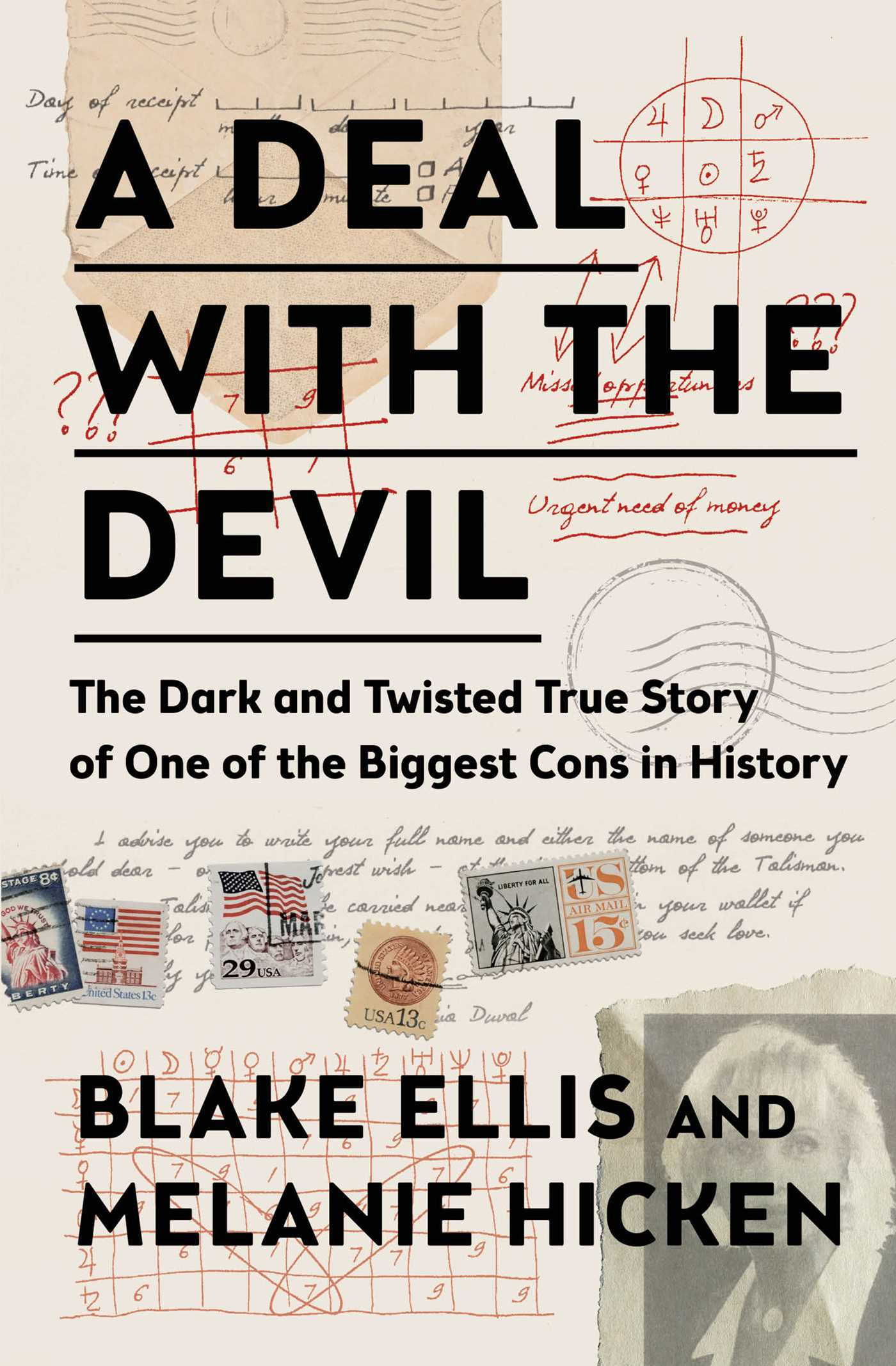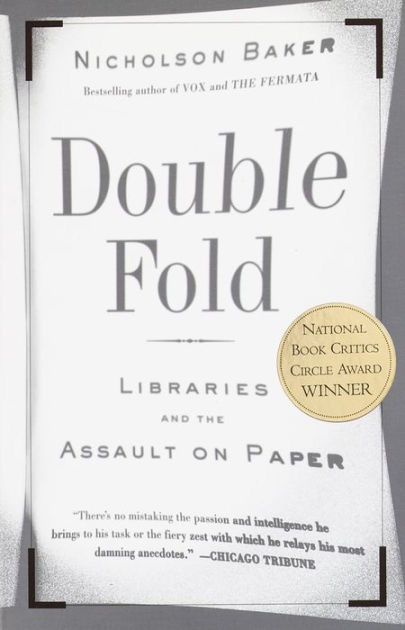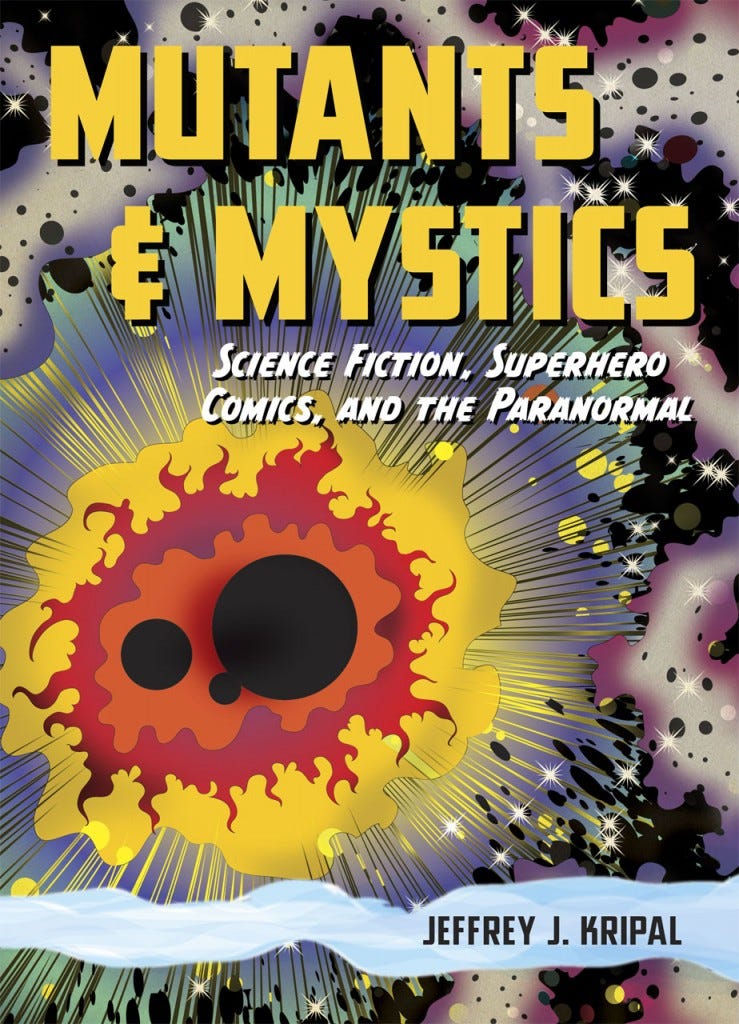The Getting Spooked Reading List #2
Four Parapolitical or Paranormal Books for Suspicious Minds
Read the first reading list installment here.
As much as I hate to admit it, the rigors of maintaining weekly posts while also doing my day job is catching up to me. For this reason, today’s article is a continuation of the official Getting Spooked reading list as a bit of a relaxing detour from the other ongoing, more research-intensive series. Have no fear, we will return to the regularly scheduled programming of the Indrid Cold and Woodrow Derenberger Show and Jacques Vallee’s Forbidden Science soon. Before today’s recommendations, I want to thank The Anomalist for recent coverage of this newsletter and Håkan Blomqvist for the shoutout on his blog. I highly recommend Blomqvist’s freely available book Esotericism and UFO Research which is a great source for contactee shenanigans and the theosophical bent of much of ufology. Relatedly, Blomqvist is on the board of the Archives for the Unexplained, an unmatched organization that supports studies in fringe culture, and I just purchased a copy of Eileen Buckle’s The Scoriton Mystery from the AFU’s shop. So expect a return to the infamous Scoriton mess to continue examining the claims of Bosco Nedelcovic. Without further ado, here are some books I have read semi-recently that I think others might enjoy.
Blake Ellis and Melanie Hicken’s A Deal with the Devil: The Dark and Twisted True Story of One of the Biggest Cons in History (Atria Books, 2018)
Unfolding like a captivating but all-too-real crime thriller, journalists Ellis and Hicken tackle one of the largest and longest-lasting mail scams: The Maria Duval psychic letters scheme. The book is a nearly perfect Getting Spooked reading list selection as it has the necessary fringe elements—fortune tellers and even Raëlian involvement early on—but also contains an astounding tale of white-collar crime. With the branding of the real psychic Maria Duval, a criminal network uses immense amounts of seemingly personalized correspondence to convince millions of people that there are important messages and psychic impressions awaiting them. “The mysterious French psychic enters the lives of her victims through the mail,” Ellis and Hicken write. “For decades, she has seized on the desperation of millions. The lonely. The weak. The elderly. They give her everything. Their trust. Their devotion. And their money.”1 Without giving much away, I would recommend this journey into one of the darkest and most complex scams in the modern world. It is a sobering representation of the paranormal’s possible utility to sinister forces in entrapping the unwary. Available here.
Sally Denton’s The Bluegrass Conspiracy: An Inside Story of Power, Greed, Drugs and Murder (Self-published, 2016)
Similar in format to the prior recommendation, The Bluegrass Conspiracy sees investigative journalist Sally Denton bring the flow and excitement of an Ann Rule-esque true crime book to one of the whackiest parapolitical narratives imaginable. While the recent movie Cocaine Bear brought the goofiest and least important tangent of the story to broader awareness, Denton covers each facet of the story with a remarkable attention to detail. Presenting character portraits of a broad swath of people within the corrupt Kentucky police and political scenes of the 1970s and 80s, the rot quickly balloons into an immense international drug and weapons smuggling ring with mafia and cartel ties. The question that lingers through it all is one that crops up in several series from this publication: How much of this activity was sanctioned by the powers that be in the military and intelligence community? Available here.
Nicholson Baker’s Double Fold: Libraries and the Assault on Paper (Random House, 2001)
Double Fold is a thorough albeit infuriating exploration into the lies the American public has been fed about the durability of paper since the mid-20th century. Nicholson Baker laments the loss of various paper collections in libraries across the United States, all the way up to the Library of Congress, due to the promise of longevity and accessibility in microfilm and microfiche. Wouldn’t you know it: Neither is as convenient nor lasts as long as regular old paper. Besides being a heartfelt plea for the retention of physical archives, Baker investigates the entities who initiated the war on paper and their possible motives. Unsurprisingly, we see people in the emerging cybernetics movement and the CIA at the forefront. In particular, Baker covers “the most influential microfilm booster” in the postwar period, a “bow-tie wearing career librarian named Verner Clapp.”2 A CIA consultant at the time, one must wonder if Clapp’s status as an important “microfilm futurist” was part of his intelligence duties which involved “maintain(ing) liaison on mutual library matters” and “monitor(ing) certain CIA-financed Library of Congress activity.”3 Be warned that Baker’s book will make those concerned about the loss of archival material convulse in frustration. Available here.
Jeffrey J. Kripal’s Mutants & Mystics: Science Fiction, Superhero Comics, and the Paranormal (University of Chicago Press, 2011)
To start, the research of Jeffrey J. Kripal was absolutely integral to my own book on Charles Fort’s influence on the science fiction genre. His books contain impressive deep dives into pulp fiction high strangeness from the standpoint of various religious traditions, offering some of the only academic work available on decidedly fringe subjects. Kripal’s 2011 book analyzes numerous paranormal experiencers and the concurrent science fiction while considering to what the degree the supernatural is itself “writing” our popular culture—or whether the relationship is more complex and symbiotic. Beautifully illustrated with pulp and comic book reprints, Mutants & Mystics is nonetheless a daunting book. Covering a broad swath of paranormal writers and topics—Charles Fort, Raymond Palmer, Whitley Strieber, and a variety of comic book and science fiction authors—Kripal leaves no stone unturned in trying to grapple with why the paranormal has become so enmeshed in our popular culture. I would not call it an easy read, and it certainly does not take the more paranoid perspective I am wont to do, but it is an important piece of religious scholarship that investigates why the paranormal matters in our cultural landscape regardless of total belief. Available here.
Thank you for reading Getting Spooked. If you enjoy the newsletter, consider becoming a paid subscriber to support this research and gain access to the post archives. I am sincerely grateful to anyone who has done so already. Reach out to me at gettingspooked@protonmail.com with any questions, comments, recommendations, requests, spooky stories, etc. You can find me on Twitter at @TannerFBoyle1 or on Bluesky at @tannerfboyle.bsky.social. Until next time, stay spooked.
Ellis, Blake and Melanie Hicken. A Deal with the Devil: The Dark and Twisted True Story of One of the Biggest Cons in History. New York: Atria Books, 2018. Page 3.
Baker, Nicholson. Double Fold: Libraries and the Assault on Paper. New York: Random House, 2001. Page 28.
Ibid., page 30-31.







Mutants and Mystics is of interest to my comic brain. Did you read Grant Morrison's The Invisibles? That was the one that made me realize "Yes, you can make a comic like this". And for FLAP I fully indulge the "transcribing the script(ure) from phantoms creatures of the mind" approach that morrison and others describe
Charles Fort did seem to have a huge influence on some science fiction authors. As my area of interest is the pulp era (pre-1953) and to some extent the rest of the 1950's, I have noted this for myself. H. Beam Piper, for example, mentions him by name in "Time and Time Again" (1947) - although I think they cut the reference out when they made it into an 'X Minus One" episode later.) Cheers!